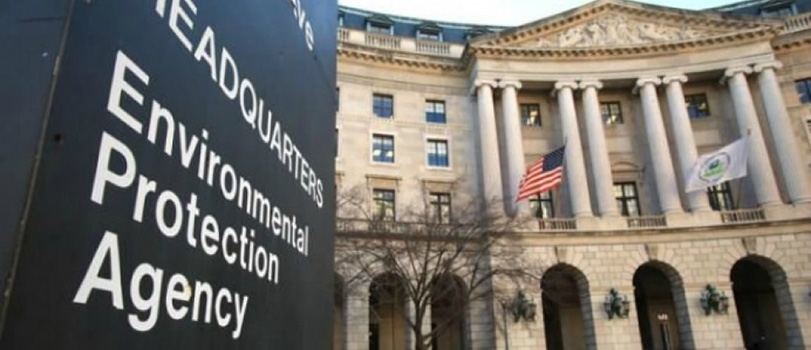EPA Requests Feedback on Draft National Strategy to Prevent Plastic Pollution

The Environmental Protection Agency (EPA) published a Draft National Strategy to Prevent Plastic Pollution. This publication proposes voluntary actions aimed at eliminating the release of plastic waste from land-based sources by 2040 and focuses on actions to reduce, reuse, collect, and capture plastic waste. EPA requested comments on the draft by June 16, 2023 (see 88 Fed. Reg. 27502, May 2, 2023).
The Draft Strategy identifies three key objectives, namely: 1) reduce pollution during plastic production, 2) improve post-use materials management, and 3) prevent trash and micro-/nano-plastics from entering waterways and remove escaped trash from the environment. Among the proposed actions for the first objective is to reduce the production and consumption of single-use, unrecyclable, or frequently littered plastic products. Proposed actions under the second objective include developing or expanding the capacity to maximize the reuse of materials and increase solid waste collection.
The draft strategy references section 301 of the Save Our Seas 2.0 Act. That provision, however, is limited to “post-consumer materials management and infrastructure for the purpose of reducing plastic waste and other post-consumer materials in waterways and oceans.” The draft strategy is broader. It references EPA’s National Recycling Strategy and concludes:
Recycling initiatives are part of the solution. However, we need more upstream solutions to addressing plastic pollution, such as reducing the use of unnecessary plastic, designing for circularity, and increasing innovations in systems that extend the lifespan of products, such as repair and reuse. (italics added)
Concerning the request for comments, EPA specifically asked for responses to certain key questions. Included in the questions are:
- What are the most important roles and/or actions for federal agencies to lead?
- What criteria should processes meet to be considered “recycling activities” (e.g., “plastics-to-plastics outputs are ‘recycling’ if these processes reduce the life cycle environmental impacts in comparison to traditional mechanical recycling”)?
A full list of the questions EPA would like commenters to consider can be found on the Agency’s website.